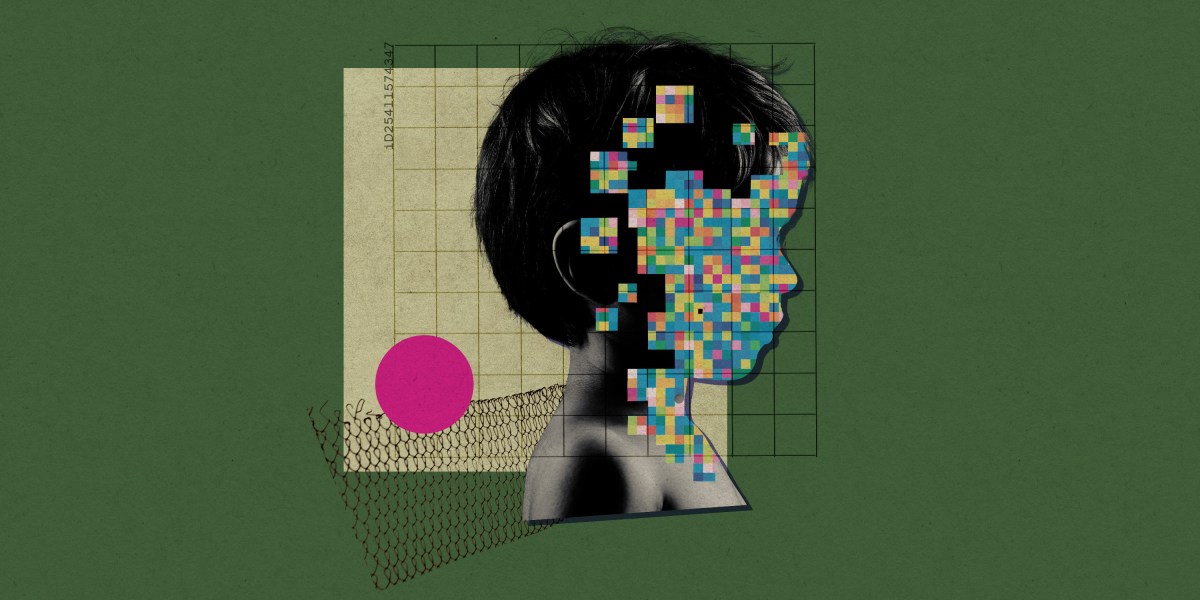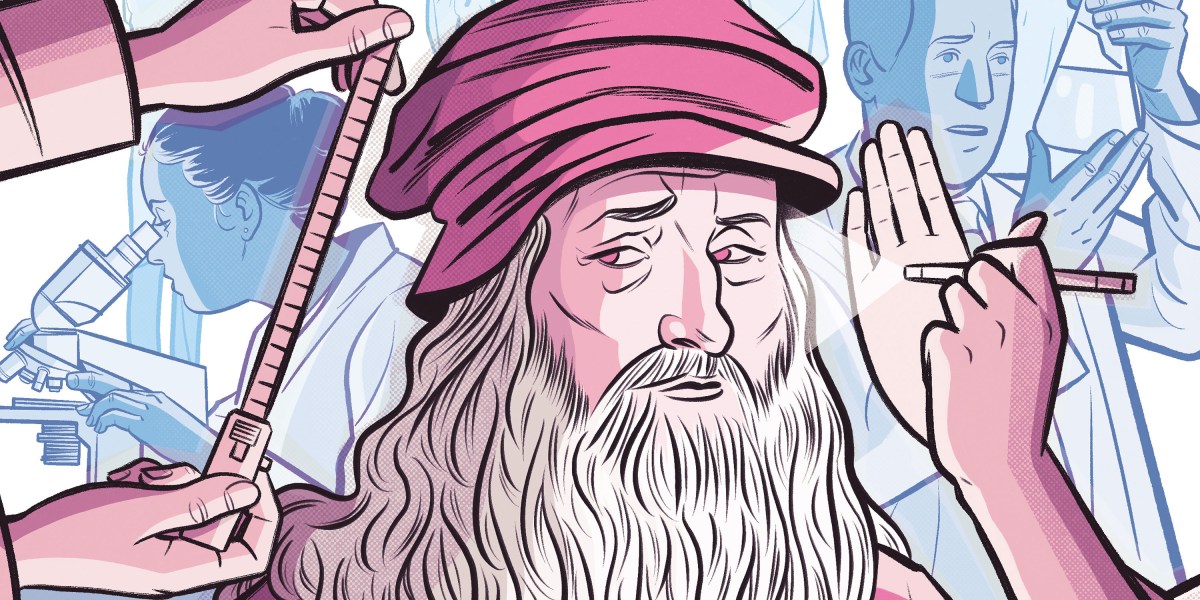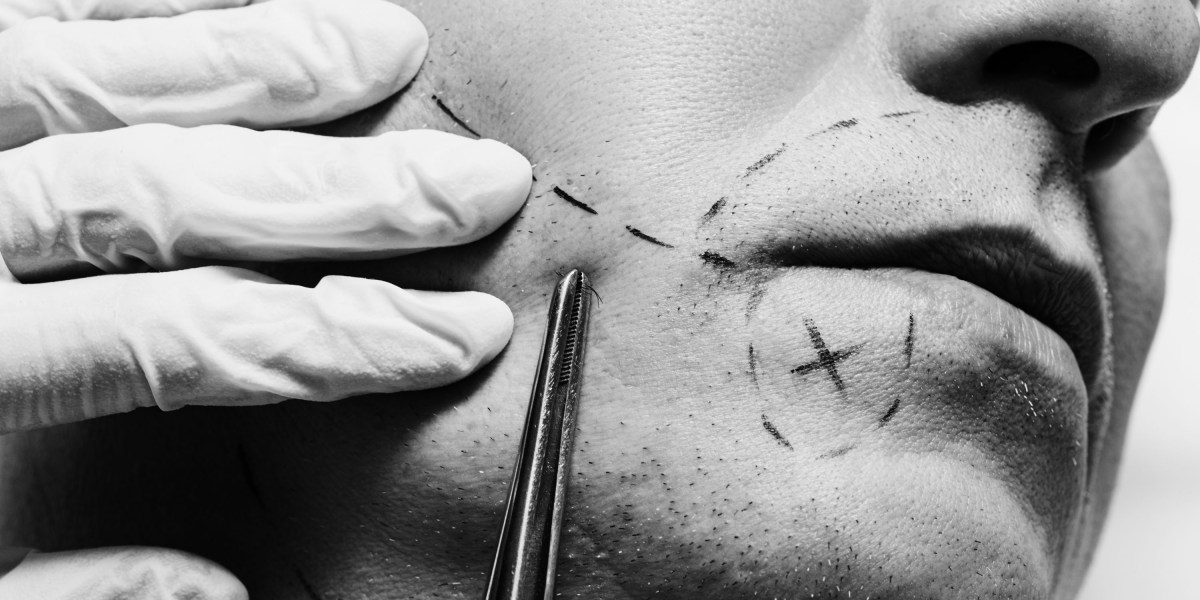The US Department of Homeland Security (DHS) plans to collect and analyze photos of the faces of migrant children at the border in a bid to improve facial recognition technology, MIT Technology Review can reveal.
The technology has traditionally not been applied to children, largely because training data sets of real children’s faces are few and far between, and consist of either low-quality images drawn from the internet or small sample sizes with little diversity. Such limitations reflect the significant sensitivities regarding privacy and consent when it comes to minors.
In practice, the new DHS plan could effectively solve that problem. But, beyond concerns about privacy, transparency, and accountability, some experts also worry about testing and developing new technologies using data from a population that has little recourse to provide—or withhold—consent. Read the full story.
—Eileen Guo
What Japan’s “megaquake” warning really tells us
On August 8, at 16:42 local time, a magnitude-7.1 earthquake shook southern Japan. The temblor, originating off the shores of mainland island of Kyūshū, was felt by nearly a million people across the region, and initially, the threat of a tsunami emerged. But only a diminutive wave swept ashore, buildings remained upright, and nobody died. The crisis was over as quickly as it began.
But then, something new happened. The Japan Meteorological Agency, a government organization, issued a ‘megaquake advisory’ for the first time. It was in part issued because it is possible that the magnitude-7.1 quake is a foreshock – a precursory quake – to a far larger one, a tsunami-making monster that could kill a quarter of a million people.
The good news, for now, is that scientists think it is very unlikely that that magnitude-7.1 quake is a prelude to a cataclysm. But the slim possibility remains that it was a foreshock to something considerably worse. Read the full story.




